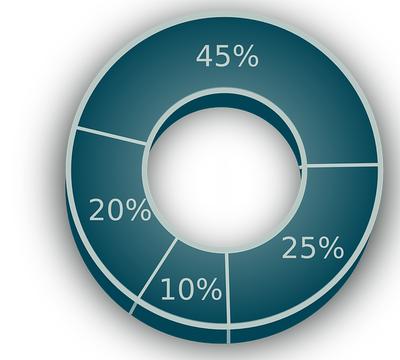
A convivial group just shy of a dozen SENSE members met on Wednesday 9 November over Zoom to discuss the evening’s theme, ‘How do we translate?’. (Although it’s still called the Utrecht SIG, attendees hailed from all over the Netherlands, and one digital nomad is currently on the Isle of Man!) More specifically, do we plough through the translation quickly, creating a rough first draft, or do we have to get it perfect on the first go? Do we do research as we go along, or before we actually start translating? What tools do we use? And how many passes do we make before finalizing the translation?
Convener Jenny Zonneveld had been inspired by an interesting keynote talk at a translation conference involving three literary translators. The first had put up a screen shot of a typical first-draft paragraph for him, in which he had not only typed out several options for some words but also capitalized other words – and quite a few of them – that he would look up later. The second translator used to do this, but now starts by putting the entire text through DeepL to get a ’pre-translation’. He shared donut charts showing the percentage of time spent on various tasks using his old and new methods. His first draft used to take about 66% of the total translation time. DeepL reduced the first draft to 3% of the total translation time, with the rest divided between cleaning up the first version and a spell check. (He didn’t say whether this new method actually saves time overall or just redistributes the same amount of time over different activities, but we assume it does or he wouldn’t be using it.) The third translator uses MemoQ, working segment by segment and occasionally leaving a bit to look up later.
Those present at the Utrecht SIG meeting were a mixed bag as far as our approaches. Most of us use one or more computer-aided translation tools. Some of us don’t, as the texts we deal with aren’t helped by it, or because the potential for major mistakes is too great, eg, with legal texts, which one translator said have to refer specifically to Dutch law and have to be ultra-precise. Many of us post-edit machine translation (MT) texts. SENSE member Samuel Murray has posted on the forum about checking a list of names of medicines which the client had put through MT. Although it sounds pretty straightforward and certainly like a time-saver, the program had skipped bits and translated a number of names incorrectly. Out of curiosity, Samuel put it through Google Translate, which botched it in a different way.
Other tips and tricks we shared:
- Take time away from the job: We agreed that coming back to look at the first draft with a fresh pair of eyes is invaluable. However, we do not always have that luxury. One member said he normally has very tight deadlines, and by the time he’s finishing his first draft, his deadline is approaching.
- Have the right hardware: We had a brief discussion of mouses and even a vertical version called a Penguin (Fellowes makes it; your hand is turned vertically, which reduces wrist strain) which one member found extremely helpful.
Read your translation aloud: obviously you can’t do this for a whole book, but for short texts it’s useful for making sure you’ve got tone and rhythms right. - Dictate your translation using either your computer’s speech-to-text function or a separate program or online service. This can save time typing and reduce hand strain. It requires a different way of thinking about your text, however, and takes time to get used to.
All in all, we agreed that there are many roads to Rome, and that we all have different needs and limitations, and that whatever works for you is fine!